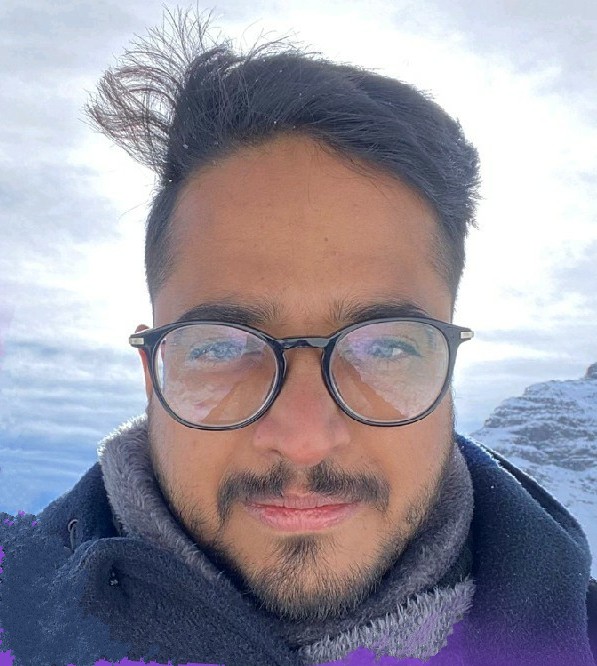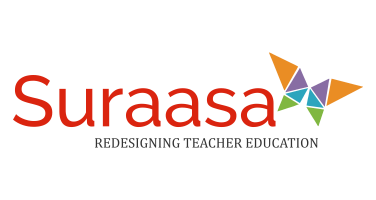Artificial Intelligence has become an all-encompassing topic that transcends technology. It holds the promise of a future in which everything we do is done more efficiently, and at a greater scale. The potential for innovation around it is infinite. If pressed, most people would guess that the most cutting-edge applications of AI today are born from creators at Google or Microsoft, the big-name enterprises considered leaders of the pack. Most people would likely have no idea that some of the most accurate AI models in the world are being built by a young man from Chennai named Aditya Thiruvengadam.
Four years ago, Aditya Thiruvengadam joined a small Silicon Valley-based startup as the company’s first engineer. The company, Klarity, was founded with the goal of automating one of the most painful but necessary tasks in corporate life — manual document review. Every major enterprise across the globe reviews and processes tens of thousands of documents annually as part of standard operations. It’s a thankless, error-prone task that takes countless hours, a problem that is especially egregious in the world of financial accounting. Massive teams of highly trained, highly paid individuals spend a disproportionate amount of their time reading and reviewing repetitive documents.
Klarity’s platform has eliminated about 85% of that work for more than 40 of the world’s highest growth enterprises, and Aditya Thiruvengadam’s engineering savvy lies at its heart. Half a world away from his team in Palo Alto, California, he works tirelessly to solve one of the most common problems in modern business. In an interaction with NFAPost, the IIIT Bangalore graduate and Chennai native Aditya Thiruvengadam explains more about Klarity, the future of AI and the potential his technology has to transform financial accounting in the enterprise.
Let’s start with the basics. What is Klarity?
Klarity is an AI platform for document review. Today, we focus on revenue accounting teams at high-growth enterprises. These organisations rely on a painful, manual review process to glean mission-critical information from documents that influence activities like order processing, billing and revenue recognition. Our system automates the most repetitive processes to eliminate the need for manual review. The time savings is exponential, error rates lower and customers have actionable data at their fingertips.
Why did you join, and what do you do for them?
I joined Klarity four years ago as the company’s first founding engineer. The fact that this was a problem everyone had and no one had successfully solved enthralled me. The collective impact of unlocking human potential is massive, and the personal impact is extremely gratifying. Our team has real empathy for the people we’re trying to serve, born from real experience.
My research and engineering efforts lead directly to the conceptualization and productization of several breakthrough technologies including document region detecting through Computer Vision and legal clause detection using Natural Language Processing. I also architected our AI pipeline, end-to-end, and lead the Machine Learning teams that continue to redefine what’s possible with state of the art AI for document review.
That’s pretty fascinating. What made you want to dive into such a specific space?
I’ve always loved computers and as a kid spent my spare time fiddling around writing software and games. It always felt like the possibilities were limitless. I was privileged to learn from some of the best Computer Science and Electronics professors in all of India at IIIT Bangalore, including Professor Raghavan, one of the greatest minds in Machine Learning and Data Science. I started to explore the Machine Learning space back in 2015 when it was still very nascent and just starting to grow. Again, the possibilities felt limitless.
I knew if I wanted to solve real-world problems, I’d need to deepen my understanding of the advances being made in Machine Learning, Natural Language Processing and Computer Vision. I worked on various projects under my professors, and completed an internship at Google’s “Summer of Code” during my freshman summer. There I worked on solutions for the UN Peace Corps and really honed my software and product development skills in terms of how to approach tangible problems in detail.
What interested me most about the specific problem Klarity set out to solve is that it’s an area where the most cutting-edge AI applications in the world have intersected with a ubiquitous need. We have an opportunity to obliterate the status quo for literally anyone who reviews documents as part of their job. And believe me, nobody who has to review documents enjoys it!
Can you talk a little more about the technology you designed that enables the platform?
At Klarity, we constantly innovate with the current state-of-the-art architectures like BERT, GPT3, YOLO – to build custom AI that can understand complex legal documents like the human brain. As humans, we look at a document and simultaneously observe its structure, layout and styling in addition to the content within. All of this helps us piece together the context we need to understand what that document tells us.
The AI system I’ve designed works in a very similar, multi-modal fashion. It uses computer vision to understand the visual structure of the document, and natural language processing then uses this information to identify semantic boundaries within that document. The performance of our AI models surpasses even those of mainstream leaders in artificial intelligence, like Google and Microsoft.
You recently released a demo that allows prospective customers to test the process by uploading and reviewing their own real documents. What was the inspiration behind this?
Everyone who works in revenue accounting has this problem, but most don’t know it can be solved by technology today. The vast majority of people who go looking for a solution end up contracting the work out to outside accountants. That’s not really a solution, it’s just a problem paid forward and another massive bill. I figured the best way to let people know there’s a better way was to show them. Our demo allows anyone with a web browser to process a document using our AI, instantaneously and for free.
Anyone interested can test the demo at https://demo.tryklarity.com.





